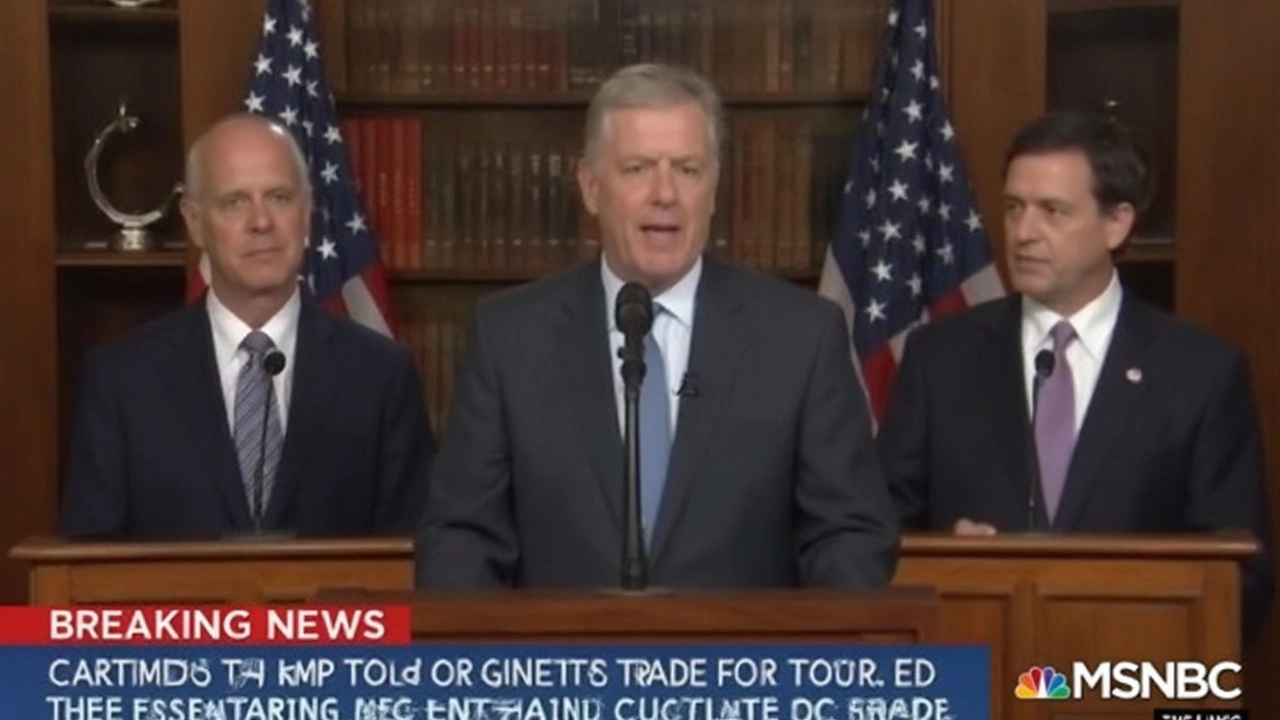Reciprocal Tariffs Explained: What They Are and Why They Matter
Ever wondered why the price of a foreign product suddenly jumps at your local store? Often it’s thanks to something called a reciprocal tariff. In plain language, it’s a tax that one country puts on imports from another country, and the other country does the same back. It’s a bit like a trade‑off: "You charge us, we charge you".
Governments use reciprocal tariffs to protect local jobs, push for better trade deals, or simply respond to a partner’s policies. The idea is straightforward—if a rival nation raises duties on your goods, you raise yours on theirs. This back‑and‑forth can quickly turn into a tariff war if not managed carefully.
How Reciprocal Tariffs Work
When Country A decides that imports from Country B are hurting its own industries, it may set a duty—say 10%—on those goods. Country B sees its exporters losing competitiveness and, in turn, imposes a similar 10% duty on imports from Country A. The result? Both sides pay more to bring each other’s products across borders.
These tariffs are usually calculated as a percentage of the product’s value. For example, a $100 watch from Country B would cost an extra $10 in Country A once the tariff is applied. The extra cost can be passed on to shoppers, absorbed by retailers, or shared between both.
Reciprocal tariffs aren’t always equal. Sometimes one side may set a higher rate to pressure the other into changing a policy, such as demanding better labor standards or environmental rules. The negotiation dance can get complicated, but the basic mechanism stays the same: each side matching the other's import tax.
Impact on Consumers and Businesses
For everyday shoppers, the most noticeable effect is a higher price tag on foreign goods. That’s why you might see imported electronics, clothing, or food suddenly cost more after a tariff announcement. The price hike can be especially sharp for items that rely heavily on overseas components.
Businesses that rely on imported raw materials feel the squeeze too. A car manufacturer using steel from abroad might see production costs rise, which could lead to lower output or higher car prices. On the flip side, local producers may benefit from reduced competition, gaining a market edge they didn’t have before.
In the long run, persistent reciprocal tariffs can reshape supply chains. Companies might move production closer to home to avoid duties, which can create new jobs locally but also disrupt existing international partnerships.
However, it’s not all bad. Some argue that tariffs can level the playing field, ensuring that foreign companies don’t undercut domestic ones with cheaper labor or lax regulations. The key is finding a balance where protection doesn’t turn into a costly trade battle.
So, next time you notice a price jump on a favorite import, remember the simple rule behind it: reciprocal tariffs. They’re a tool governments use to negotiate, protect, and sometimes retaliate. Understanding the basics helps you see the bigger picture of how global trade decisions end up on your receipt.
Donald Trump's Reciprocal Tariffs: Shaking Up Global Trade
Posted by Daxton LeMans On 3 Apr, 2025 Comments (0)

President Donald Trump has unveiled a sweeping reciprocal tariff plan, implementing tariffs on countries with perceived unfair trade practices. Key targets include China, the EU, and Vietnam, with automotive imports also hit. Trump's move aims to address trade imbalances, specifically noting Australia's ban on U.S. beef. He calls the measure 'kind,' as it involves only half the calculated tariff rates.




